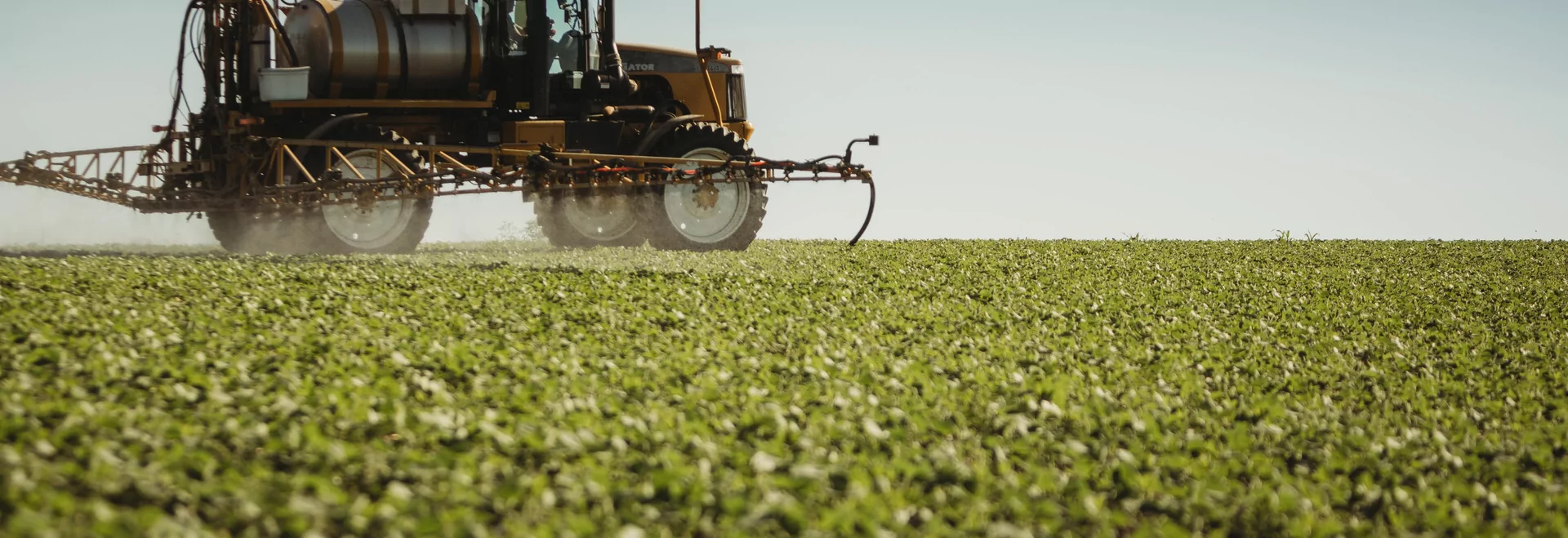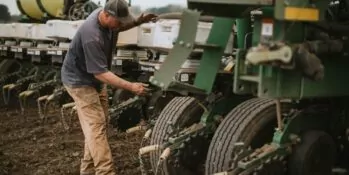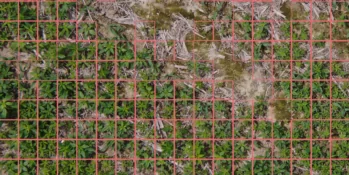

All growers struggle with diseases and each season must consider the best way to prevent infection and treat their soybeans when the inevitable occurs. In 2021, in the US, 5.8% of potential soybean yield was lost due to diseases.
Taranis helps ag advisors & growers conduct soybean scouting and detect diseases early and accurately using digital crop intelligence tools. We have analyzed our dataset of leaf-evel insights from 2022 and have compiled a list of the most prevalent soybean diseases to infect crops across the US.
The top seven diseases were all fungal diseases; the main offenders being Brown Stem Rot, Brown Spot, and Downy Mildew.
In this blog we will share the top diseases we found, based on crop imagery from millions of acres across the US Midwest, as well as their geographic location. Offending pathogens can potentially spread through wind, soil, equipment, seeds, and water, and knowing the location of the disease incidents can help you plan for next season and be on the lookout for potential new infection sources. For local information about diseases that impacted your region this year, contact Taranis.







During the growing cycle, disease scouting is critical to maintaining healthy crops and decreasing the spread of diseases. Early and effective scouting can prevent yield loss and save expenses on fungicide application. Continuous monitoring is also important to stay on top of the diseases developing and know when to precisely apply chemicals on the area of concern.
Recent advances in technology, such as accurate leaf-level insights, has improved the precision of disease scouting and identification. Having precise data allows you to stay on top of the soybean diseases developing on your farm. Monitoring diseases in your state and region gives you an indication of what potential pathogens to be on the lookout for, which is critical to prevent yield loss and unnecessary fungicide applications.
For more information about soybean diseases this year, contact Taranis.

Disease scouting is an important part of the corn growth cycle, as early detection of diseases can have a huge impact on yield. Digital crop scouting and agronomic data analysis allows advisors and farmers to move beyond anecdotal information and get an accurate picture of the diseases threatening their corn crops for more effective decision-making and timely action.

Better than a birds-eye-view, Taranis insights deliver the agronomist-view, helping growers and their retailer partners identify and pinpoint field issues and inconsistencies, so the team can hone in on the missed management opportunities or equipment malfunctions at the root of the problem.

"Know before you go"—it’s a phrase that is as valuable as it is concise in its offering of insights that tell a field’s story all season long. It’s the Taranis spoiler-alert for yield monitor numbers and the peace-of-mind farmers can rely on to make information-based management decisions.